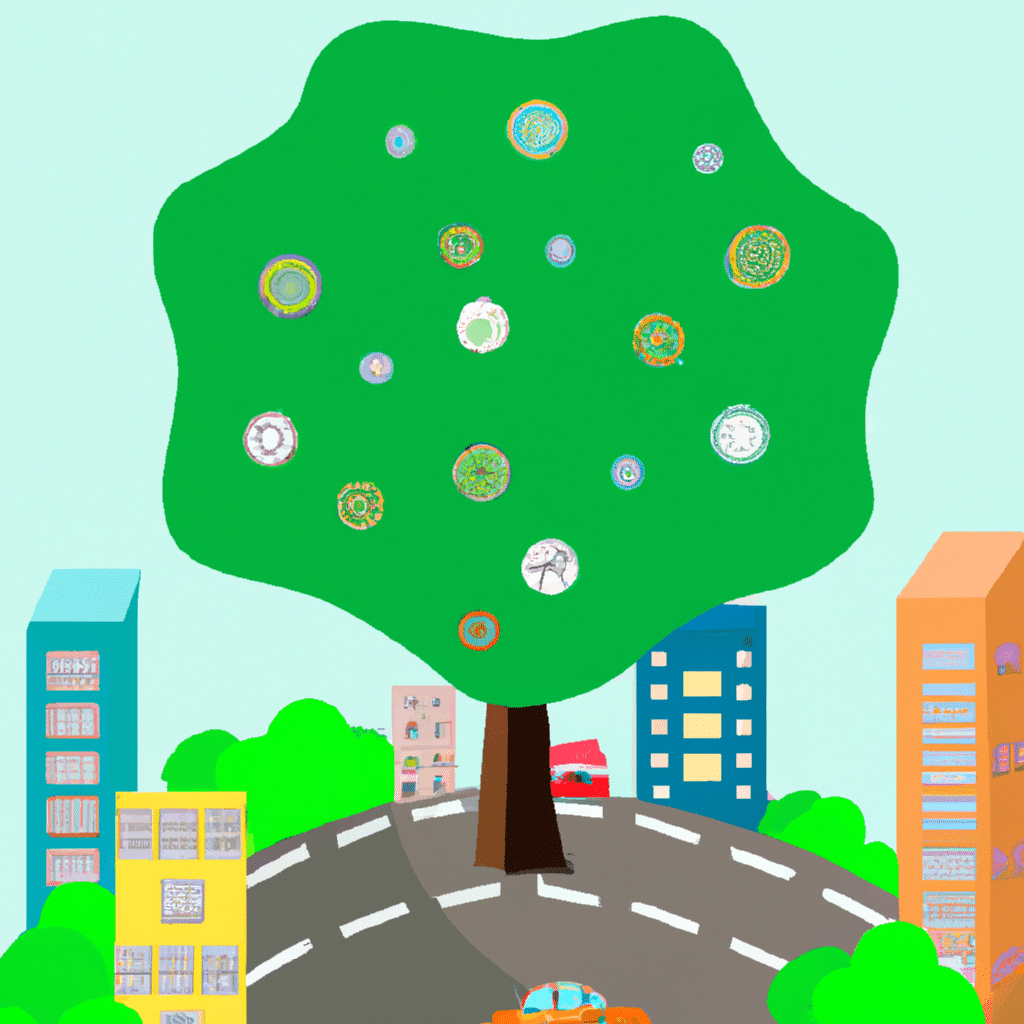The Internet of Things (IoT) has been touted as a game-changer in various industries, and the environmental sector is no exception. The ability of IoT devices to collect and transmit data in real-time has opened up new possibilities for monitoring air quality in cities. In this article, we will explore how IoT can be used to improve air quality in cities, and the potential benefits it can bring.

What is IoT?
Before we dive into the potential of IoT in improving air quality, it’s important to understand what IoT is. IoT refers to a network of physical devices, vehicles, home appliances, and other items that are embedded with electronics, software, sensors, and connectivity, which enables them to connect and exchange data. These devices can range from smart thermostats to self-driving cars, and they all have the ability to communicate with each other.
The problem of air pollution in cities
Air pollution has become a major problem in cities around the world. According to the World Health Organization (WHO), nine out of ten people breathe air that contains high levels of pollutants. This has led to an increase in health problems such as respiratory diseases, heart disease, and stroke. In addition, air pollution has a significant impact on the environment, contributing to climate change and damaging ecosystems.
How IoT can help improve air quality
IoT can play a crucial role in improving air quality in cities by providing real-time data on pollution levels. IoT devices can be installed in various locations throughout a city to measure different types of pollutants, such as nitrogen dioxide, particulate matter, and ozone. The data collected by these devices can be transmitted to a central location where it can be analyzed and used to make informed decisions about how to reduce air pollution.
IoT can also be used to monitor traffic patterns and adjust traffic flow to reduce congestion, which is a major contributor to air pollution. By using real-time data on traffic patterns, cities can optimize traffic lights and reroute traffic to reduce congestion and improve air quality.
The benefits of using IoT to improve air quality
The benefits of using IoT to improve air quality are numerous. First and foremost, it can improve public health by reducing the number of health problems caused by air pollution. This can lead to a reduction in healthcare costs and an overall improvement in quality of life.
Secondly, it can help to reduce the environmental impact of air pollution by reducing greenhouse gas emissions. By reducing the amount of pollutants in the air, cities can also reduce their contribution to climate change.
Finally, it can help to improve the overall livability of cities by reducing congestion and improving the flow of traffic. This can make cities more attractive places to live and work, which can have a positive impact on the local economy.
Challenges and limitations of using IoT to improve air quality
While IoT has the potential to significantly improve air quality in cities, there are also challenges and limitations that need to be considered. One of the main challenges is the cost of implementing IoT devices and infrastructure. This can be particularly challenging for smaller cities or those with limited budgets.
Another challenge is the need for data analysis and interpretation. Collecting data is just the first step. Cities need to have the resources and expertise to analyze and interpret the data in order to make informed decisions about how to reduce air pollution.
Finally, there are also concerns around data privacy and security. IoT devices collect a lot of sensitive data, and there is a risk that this data could be hacked or used inappropriately if not properly secured.
Conclusion
IoT has the potential to revolutionize the way we monitor and improve air quality in cities. By providing real-time data on pollution levels and traffic patterns, cities can make informed decisions about how to reduce air pollution and improve public health and the environment. While there are challenges and limitations to using IoT in this way, the potential benefits are significant, and cities should explore this technology as a tool for improving air quality.












